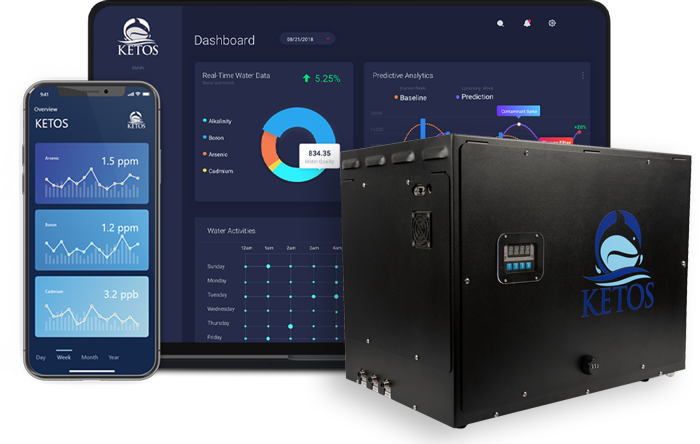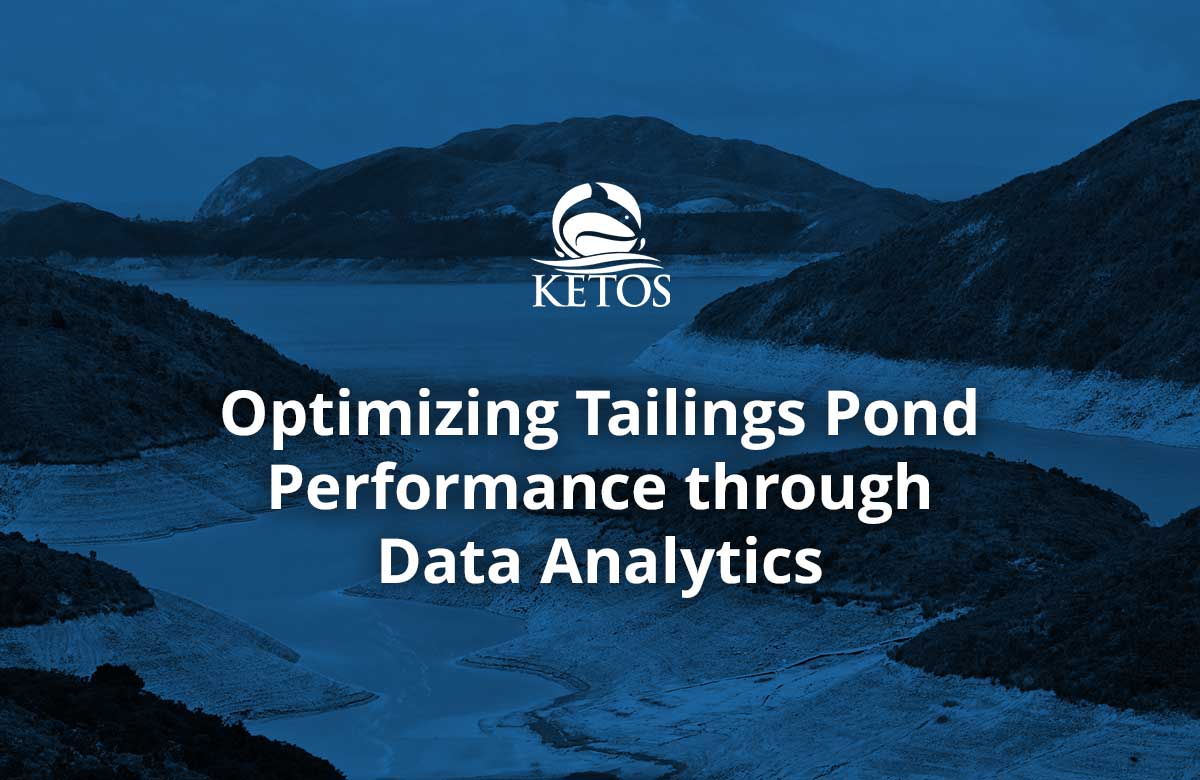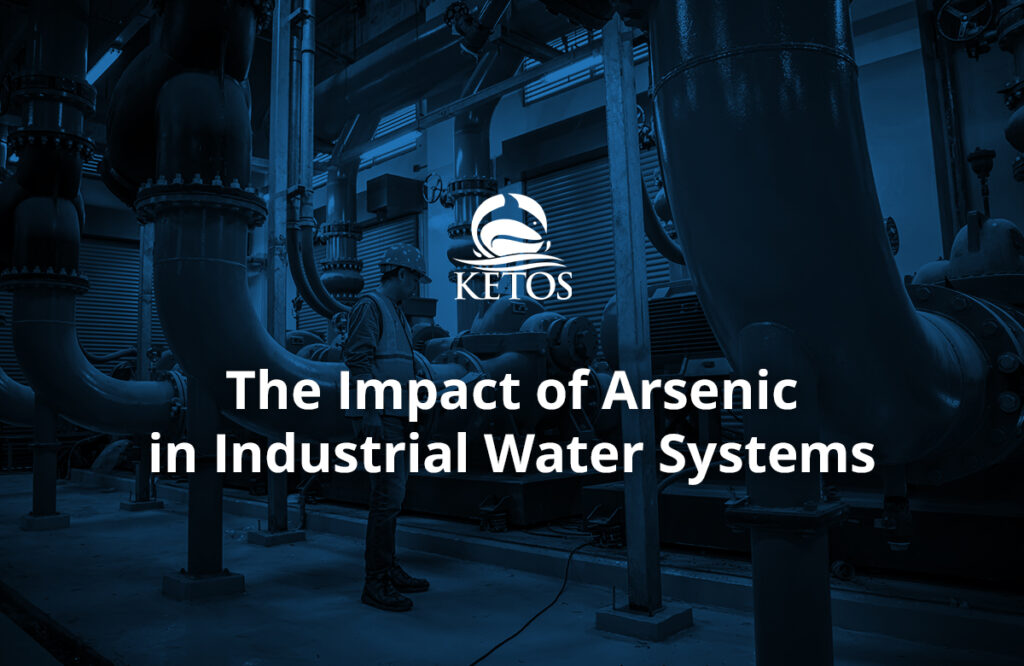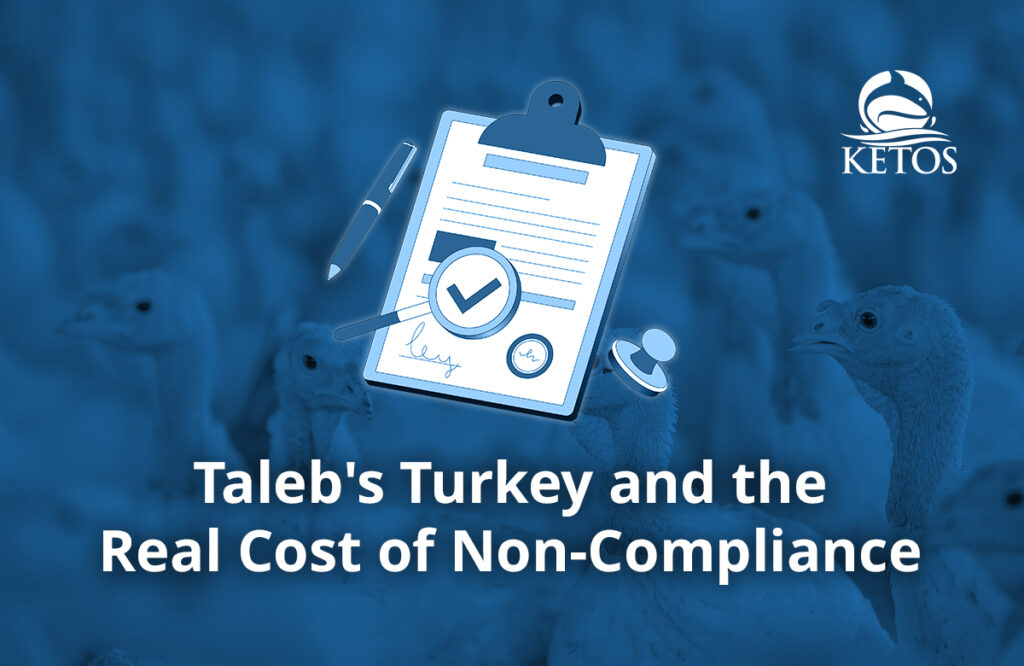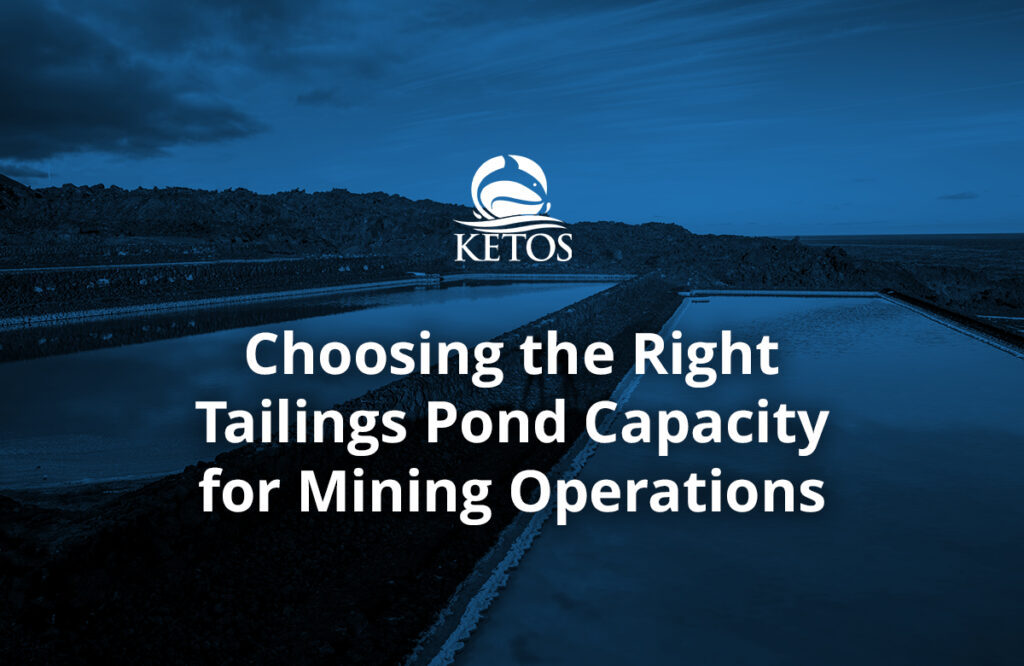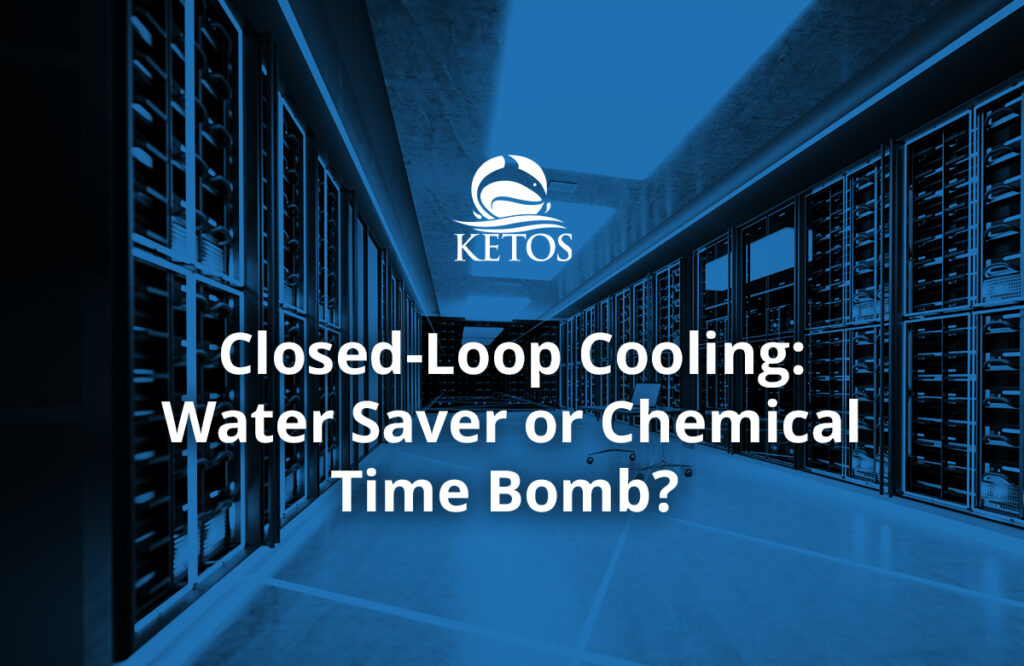Tailings ponds are integral to mining operations, providing a storage solution for residual materials. However, they present significant environmental, safety, and operational challenges. The potential for catastrophic failures, such as dam breaches, is a harsh reality – so optimizing the performance of tailings ponds is critical within this industry.
Enter data analytics – a transformative tool that has emerged to enable enhanced monitoring, predictive maintenance, and improved decision-making. By integrating real-time data collection, machine learning algorithms, and predictive modeling, operators can ensure compliance with safety standards while proactively mitigating risks and driving more efficient, sustainable operations.
The Challenges of Managing Tailings Ponds
Tailings ponds are among the most complex systems to manage in mining operations. These reservoirs often store a mixture of water, fine particles, and chemical byproducts, making them prone to structural issues and environmental hazards. Common challenges include:
- Structural Stability: Ensuring the integrity of dams and embankments over long lifespans.
- Environmental Impact: Managing seepage, overflow, and contamination risks.
- Monitoring Limitations: Traditional methods often rely on manual data collection, which is time-consuming and prone to inaccuracies.
- Regulatory Compliance: Adhering to stringent safety and environmental regulations.
The complexity of these challenges demands a robust, data-driven approach to monitoring and optimization. This is where advanced analytics comes into play.
How Data Analytics Strengthens Tailings Pond Performance
Data analytics leverages advanced computational techniques to process and interpret vast amounts of data collected from tailings pond monitoring systems. Key technologies include:
1. Real-Time Monitoring
Modern IoT-enabled sensors, such as the KETOS SHIELD, provide continuous, real-time data on critical parameters like water quality, displacement, seepage, and rainfall. These sensors transmit data directly to centralized platforms, reducing the need for manual sampling.
2. Predictive Analytics
Predictive algorithms analyze historical and real-time data to forecast potential risks. For instance, shifts in seepage trends or sudden changes in water levels can be identified early, allowing operators to take preventive action. These machine learning models are extremely effective when used to correlate complex variables, providing operators with actionable insights.
3. Automated Reporting and Alerts
Automated systems generate customized reports and issue threshold-based alerts, enabling quick responses to anomalies. This functionality ensures that operators are always informed about the status of their tailings ponds, even in remote locations.
4. Integration with Risk Assessment Models
Data analytics facilitates the integration of real-time monitoring data with comprehensive risk assessment models. These models evaluate the safety of tailings ponds throughout their lifecycle—encompassing the design, construction, operation, and closure phases. By doing so, mining operators can prioritize resource allocation and optimize the layout of monitoring systems to address critical risks.
5. Lifecycle-Based Optimization
Tailings pond performance is dynamic, changing across different lifecycle stages. For example, during the operational stage, factors such as increasing dam height and sediment accumulation can alter risks significantly. Data analytics ensures adaptive monitoring by recalibrating models and adjusting parameters, accounting for these evolving conditions.
Lifecycle-based analytics also aid in long-term sustainability planning. During the closure phase, predictive tools help operators mitigate erosion risks and ensure the decommissioned pond remains stable once it is removed from service.
Case Study: Enhancing Monitoring with Advanced Analytics
A global mining leader specializing in platinum-group metals faced challenges with manual water sampling, which led to inconsistent results and difficulties integrating data with their Supervisory Control and Data Acquisition (SCADA) system. Faced with this challenge, they implemented the KETOS SHIELD system at key points in their water treatment process.
The integration of KETOS SHIELD provided:
- Automated sampling and real-time testing for critical parameters, including selenium and other heavy metals.
- Seamless integration with their existing SCADA system, allowing for centralized data management.
- Time savings of over 20 hours per month by reducing manual sampling efforts.
- Enhanced insights into treatment effectiveness, enabling proactive adjustments to maintain compliance and optimize operations.
This proactive approach minimized the risk of environmental non-compliance and led to significant operational efficiencies. Leveraging KETOS’s advanced analytics and real-time monitoring capabilities allowed the company to achieve greater control over its water quality management processes.
Tackling Environmental Concerns with Data Analytics
Beyond safety and cost optimization, data analytics plays a vital role in mitigating the environmental impact of tailings ponds. By monitoring key parameters such as pH, turbidity, and dissolved heavy metals, operators can ensure that the effluent quality meets environmental standards. Predictive tools also enable the early detection of leaks and contamination events, preventing potential harm to nearby ecosystems.
Furthermore, data-driven insights support the development of greener practices, such as repurposing tailings for construction materials or improving water reuse rates within mining operations. This aligns with the broader goal of sustainable mining and responsible resource management.
Technical Aspects of Data Integration in Tailings Pond Monitoring
Modern tailings pond monitoring systems rely on the seamless integration of IoT-enabled devices, cloud platforms, and predictive analytics to deliver actionable insights. This integration enhances both data accuracy and operational efficiency.
| Feature | Benefit |
| End-to-End Connectivity | – IoT-enabled sensors, such as the KETOS SHIELD, continuously collect real-time data across critical parameters like seepage, displacement, and water quality.
-Data is transmitted via secure connectivity options, including LoRa, WiFi, or cellular networks, to centralized cloud platforms for easy access and storage. |
| Data Aggregation and Analysis | -Aggregated data is processed through advanced machine learning algorithms to identify patterns, forecast risks, and provide actionable insights. O
-Operators can detect anomalies early, minimize downtime, and improve compliance with safety and environmental standards. |
| Adaptive Reporting Tools | -Tailored reports and threshold-based alerts ensure that operators can respond promptly to changing conditions.
-These tools integrate seamlessly with existing SCADA systems, offering users a unified view of operations and enabling informed decision-making in real-time. |
These technical elements work together to help mining operators improve the performance of their tailings ponds while prioritizing safety and sustainability.
How KETOS is Transforming Tailings Pond Optimization
Tailings pond optimization is a complex challenge, requiring precision, reliability, and a proactive approach to risk management. KETOS combines advanced IoT technology, predictive analytics, and cloud-based platforms to deliver comprehensive solutions for monitoring and managing critical water systems. Our goal is to empower operators with actionable insights that enhance safety, reduce costs, and drive sustainable practices.
KETOS provides innovative solutions to help water operators optimize tailings pond performance. Our key offerings include:
- Real-Time Monitoring: IoT-enabled devices like KETOS SHIELD deliver lab-accurate data across dozens of parameters.
- Predictive Analytics: Identify risks early and make data-driven decisions with confidence.
- Automated Reporting & Alerts: Get customizable, real-time insights and notifications.
- Cost-Effective Model: Zero capital expenditure with an annual service plan.
- Regulatory Compliance: EPA-compliant monitoring and fully configurable solutions tailored to industrial needs.
Enhance safety, reduce costs, and improve sustainability with KETOS. Contact us today to request a demo of our Smart Water Intelligence Platform.
